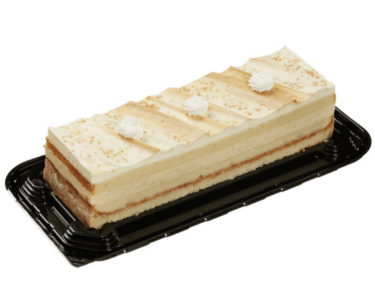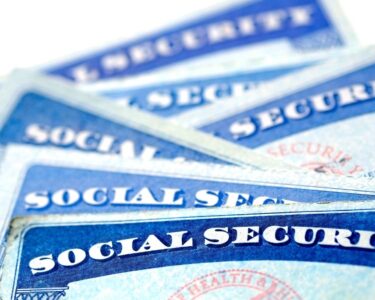During peak summer and winter, it’s not uncommon to see your energy bills skyrocket. Having to shell out for those costs can be tough for anyone, but it’s especially hard for those on a fixed income. While there are various steps you can take to help lower those costs, DIY fixes and cutting back on usage aren’t always enough when one is struggling financially. What can help: the federally funded Low Income Home Energy Assistance Program (LIHEAP). Keep scrolling for more information about the services it can provide, how to find out if you qualify and what is needed to apply.
What is LIHEAP and how does it work?
The Low Income Home Energy Assistance Program was created as a way to make it easier for struggling homeowners and renters to pay their energy bills. It also includes assistance for emergency services when there’s an energy crisis in an area.
When LIHEAP was launched, however, it was a lot more simple. Luckily, its offerings have expanded over the last few decades.
“Because this federal program started as a way to help needy people reduce their heating bills, some people still think it applies only to that,” says Erica Sandberg, consumer finance expert at BadCredit.org. “However it does include the cost to cool a home. It’s really important, especially for seniors who are more at risk of temperature-related healthcare risks.”
The Low Income Home Energy Assistance Program is actually a block grant, which allows states and territories to operate their own specific programs with unique eligibility requirements, as long as they fall within certain parameters. This means the services you receive are location-dependent. Here’s what LIHEAP could do for you:
- Lower home energy bills, including propane, electricity, natural gas, fuel oil and wood
- Help with making your home more energy efficient
- Repairs and replacement of faulty heating and cooling equipment
- Resources and education on home energy usage
- Priority assistance when you don’t have heating or cooling
- Support after a natural disaster
Who qualifies for LIHEAP energy assistance?
With hotter summers and particularly frigid winters, it can seem that your heating and cooling bills are sky high these days. Many Americans are also trying to find ways to cut down on these costs.
“A vast number of people in the United States are being hit with higher than expected energy bills,” adds Sandberg. “However, LIHEAP is really only available to people who meet certain criteria, with income, household size and citizenship being major qualification factors.”
If you believe you could receive help from the program, there’s a free eligibility tool that can determine if you meet the necessary criteria. You will need to provide information such as your state of residence, how many people live in your home and your monthly income before taxes. The tool will also ask if you currently receive benefits from Supplemental Nutrition Assistance Program (SNAP), Supplemental Security Income (SSI), Temporary Assistance for Needy Families (TANF) or Means-tested Veterans Benefits.
If you qualify, you can take advantage of the program being offered by your state.
How to apply for LIHEAP

Once you confirm eligibility, prepare for a lot of paperwork as part of the application. “You will need to supply plenty of documentation about your circumstances,” says Sandberg. This will likely include a valid government ID, proof of residency, current utility bills and any letters that indicate disconnection due to nonpayment. You’ll also need to give a list of everyone living in your household, their age and how they are related to you.
Since the process can be tedious and often complicated, it’s best to consult someone who can ensure everything is done correctly. “Get assistance either through the LIHEAP office or by conducting an Internet search for one in your area,” she suggests. “Nonprofit credit counseling agencies also have lists of local organizations that can help.”
Other energy assistance programs you can try
If you’re having a hard time covering your energy bills and can’t get assistance from this particular program, know that there are other ways to get help!
“Even if you don’t qualify for LIHEAP, your utility company may have a special program for struggling customers,” shares Sandberg. “Call them and ask.”
The company may have its own low-income program or other forms of budget repayment plans. Some may also give you an extension to pay your overdue bill(s) during a tough time.
“I really encourage anyone who is worried about how they will make ends meet to pursue the appropriate programs,” she adds. “There is no shame in reaching out for help. In addition to credit counseling, dial 211 or go to USA.gov to see what government and community assistance you may be eligible for, from utility bills to housing.”






